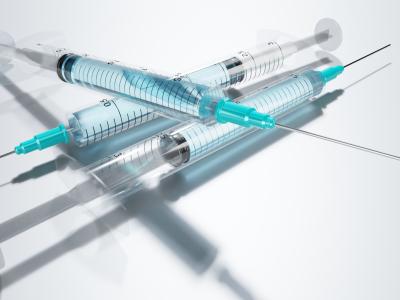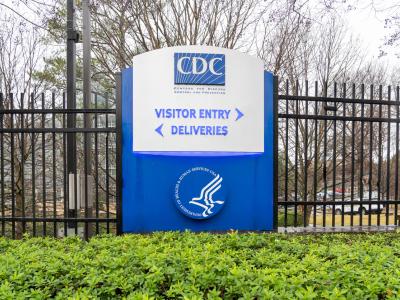Letter to 'nudge' high antibiotic prescribers linked to drop in prescribing
A letter sent to the highest antibiotic-prescribing General Practitioners (GPs) in Northern Ireland was tied to a nearly 5% reduction in prescribing in those practices over the course of a year, researchers reported yesterday in the Journal of Antimicrobial Chemotherapy.
The letter, signed by Northern Ireland's chief medical officer, was sent to 221 GPs in 67 practices in Northern Ireland in October 2017, on the basis of those practices being in the top 20% of highest prescribers by standardized total antibiotic prescribing rate. The idea behind the behavioral intervention was that providing a descriptive social norm feedback "nudge" could get prescribers to change their prescribing practices. A similar intervention conducted in England in 2014 was associated with 3.3% relative reduction in antibiotic prescribing in targeted practices.
The outcomes measured in the study were the standardized total antibiotic prescribing rates in the four calendar quarters following the intervention (October 2017 through September 2018).
The greatest change occurred in the first quarter following the intervention, when there was a change of – 25.7 (95% confidence interval [CI], – 42.5 to – 8.8) antibiotic items per 1,000 Specific Therapeutic group Age-sex Related Units (STAR-PU) associated with the intervention. But with each subsequent quarter, the coefficient increased by a diminishing amount, to – 58.7 antibiotic items per 1,000 STAR-PU (95% CI, – 116.7 to – 0.7) after 1 year. In the final three quarters of the intervention, none of the individual quarters showed a significant change in antibiotic prescribing from the pre-intervention period.
Still, approximately 18,900 fewer antibiotic items were prescribed than if the intervention had not been made, representing a 4.6% reduction in antibiotic prescribing in those practices and a 1% reduction in overall primary care antibiotic prescribing in Northern Ireland.
The authors of the study conclude, "This intervention is an example of a low-cost, simple behavioural 'nudge' that policymakers can use to effectively meet their goals without introducing new policies or rules."
May 20 J Antimicrob Chemother abstract
Study finds diagnostic testing and antibiotic use is high in kids with CAP
A study by a team of US pediatric emergency medicine and infectious disease experts has found that diagnostic testing and antibiotic use in children with community-acquired pneumonia (CAP) in outpatient settings remain high, despite recommendations against their routine use. The findings appeared yesterday in the Journal of Pediatric Infectious Diseases.
Because CAP in most young children is viral, the 2011 Pediatric Infectious Diseases Society/Infectious Diseases Society of America pediatric CAP guidelines recommend against routinely performing these diagnostic tests and prescribing antibiotics. To evaluate the use of diagnostic testing and antibiotics before and after publication of these guidelines, the researchers used data from the 2008-2015 National Ambulatory Medical Care Survey and the National Hospital Ambulatory Medical Care Survey to determine the proportion of visits in which chest radiography (CXR) was performed, a complete blood count (CBC) or blood culture was obtained, and antibiotics were prescribed for children aged 1 to 6 years with CAP.
The results showed that in an estimated 6.3 million pediatric visits for CAP from 2008 through 2015, a CBC was obtained in 8.6% of visits, blood culture in 11.1%, CXR was performed in 43%, and antibiotics were prescribed in 73.9%. In addition, when antibiotics were prescribed, most of them were macrolides or cephalosporins, which is inconsistent with the guideline recommendations to use narrow-spectrum penicillins as first-line treatment. No difference was found in CBC, blood culture, CXR, and antibiotic orders overall between the pre-guideline and post-guideline periods.
The authors of the paper suggest the high rates of testing and treatment in children with CAP could be attributable to diagnostic uncertainty and the lack of objective, easily obtained tests to determine CAP etiology. They conclude, "Effective interventions are needed to decrease potentially unnecessary diagnostic testing and treatment."
May 20 J Pediatric Infect Dis Soc abstract















